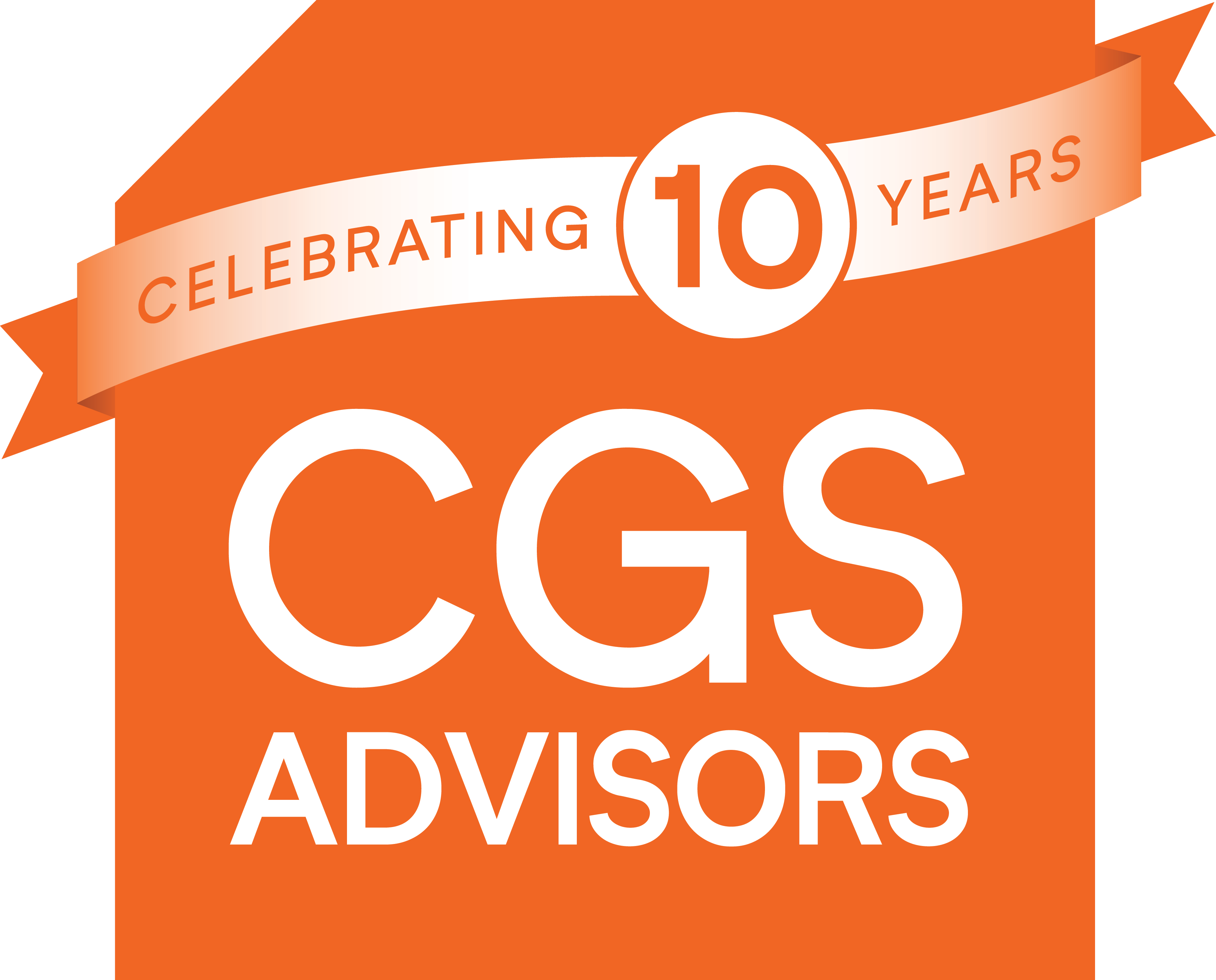Making Our Future; Driving Innovation Across America
Where is Clayton Christensen when we need him the most? Sadly, earlier this year we lost one of the world’s great thinkers who always found a way to see through some of the thorniest problems. His ideas and insights surrounding business, education and healthcare were well-founded on facts and his recommendations for addressing solutions were pragmatic, e.g. achievable. Christensen is perhaps best known for his work and subsequent book, The Innovator’s Dilemma. In this book, Christensen was able to develop his theory by looking back at companies over a long arc of time to detail both their economic rise through bringing forward disruptive innovative products and subsequent revenue decline by solely focusing on sustaining innovation (The book is a must read or reread if it has been a while).
Why invoke Christensen when we are still in the middle of the COVID-19 crisis and almost 23 million Americans are unemployed, with more likely to be added? I believe that our country’s best path forward will be to take the lessons we are learning each day and apply them to the new business models being “discovered” to survive the crisis. In other words, we need to disrupt ourselves and many of our companies and organizations. By now, most leaders have come to the realization that they will not be returning to business as usual. The virus has changed so much of what we relied on to successfully maneuver through our days. Some of the changes are readily apparent and others will take longer to seep through; our collective psyche will be filtering for many months to come. Regardless, these alterations affect all the stakeholders in every leader’s organization; customers, employees, supply chain, partners and competitors. Perhaps the most transparent example (for Americans tuning in) of how the crisis has forced a disruption is in how the federal government is retooling and reinventing it’s health delivery services. It has been messy to watch and there have been failures along the way; similar to the credos we hear every day applied to Silicon Valley startups. But, numerous agencies that had wide moats around their bureaucracies have been breached, heads of departments are sharing staff and resources. The FDA, CDC and NIH have all come together to collaborate by disrupting their fiefdoms and finding solutions to help save lives. Equally unique has been the governments heavy reliance on private industry. Never before have so many thought leaders stepped up to help find solutions, remake their businesses to serve the greater good and partner with their fiercest competitors to blunt the impact of COVID-19. Cannot we, the business leaders in America, come together and develop plans to retool and reinvent our businesses in a united effort? The absolute need to get our businesses back on line and our fellow citizens back to work safely should have the same urgency as is being applied today for dealing with the health outcomes of the pandemic.
What I am suggesting here is not a plan or necessarily even a blueprint and will not apply to all industries or markets. Given the amount of federal money being pumped back into the economy, entire industries as well as individual small to mid-sized companies are receiving lifelines. There should and will be rules applied for how and when the recipients should use the funds. Additionally, there seems to be a shared concern coming from political leaders that American companies have outsourced too much of their manufacturing capabilities as well as their Intellectual Property, (IP). While the genie may be out of the bottle concerning existing IP, that trend can stop today if the focus shifts to retooling and reinventing America. These two conditions of economic distress and restructuring, where and how work gets done, can become a forcing function for disrupting in a very positive way for how we bring the American economy back on line.
I’m not sure who to attribute the observation of “capital is abundant, opportunity is scarce” to, but it certainly predates COVID-19. Not more than a few years ago, the estimate was that more than $1 trillion in cash gets redistributed to shareholders and there was approximately $6 trillion in bonds earning zero or less returns. How about we turn the Silicon Valley disruptive mind set loose (in a concerted way) on all the industries and businesses that need to re patriot their manufacturing back to the US? The reason for suggesting this approach is that there were good reasons why all these thousands of companies moved work out of the US; save money, improve profits, get closer to the new supply chains, skill concentration and to get their products into the larger markets of the emerging industrialized nations. If the capitalistic ideals continue to prevail, then just a wholesale reversal of the manufacturing location will certainly cause more economic damage and break all the existing supply chains. It is doubtful that Americans will have extra income to spend on the goods that would subsequently be produced in America (our traditional manufacturing models will certainly increase the costs and raise prices). This makes the case that we need to put into practice Clay Christensen’s theory on the Innovator’s Dilemma before we pack up cargo ships full of tooling and set them on course for US ports. We need to reinvent, retool and innovate even better products than what is being manufactured away from our shores, create new processes, IP and capabilities. All the while, we must be mindful of the 23 million US workers that need to get back to work and how putting a new Moore’s Law into practice can help alleviate some of the despair of not having a job. If indeed capital is still plentiful and opportunity is scarce, then we have a job to be done.

Tim McCabe is a CGS Fellow helping to lead clients through significant transformation. He is a former global CIO and officer of Delphi Corporation where he helped to lead through the restructuring and digitization stemming from the largest industrial bankruptcy in history. He can be reached at Tim.McCabe@CGSAdvisors.com


